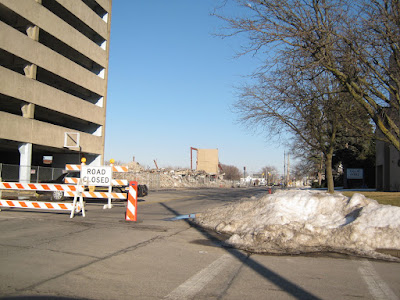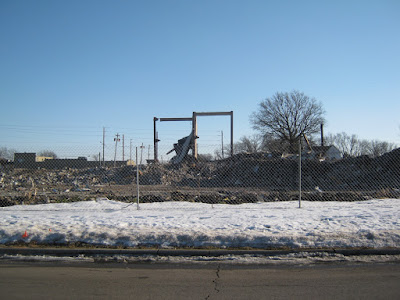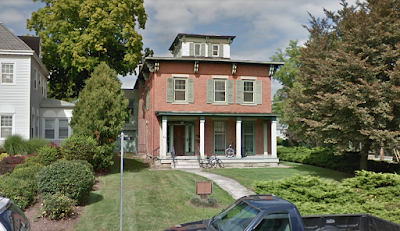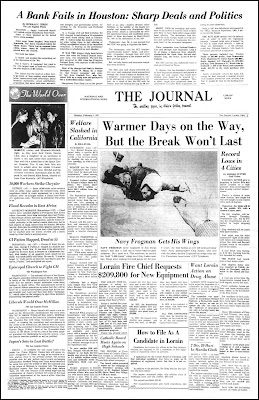Mention the phrase 'Green Acres' to any Baby Boomer, and they would probably think of the 1960s rural comedy featuring Eddie Albert and Eva Gabor as the city couple that moved to a farm in Hooterville (where they encounter an endless parade of goofy locals).
But did you know that 'Green Acres' was also the name of the Lorain County children’s home?
According to a history page on www.childrenservices.org, “In 1898, the voters approved a measure authorizing the Commissioners to build a children’s home.
“The Commissioners purchased 15 acres (at the corner of Oberlin Rd. and E. College St.) for $3675, and the Green Acres Children’s Home was built at a total cost of $32,500.
“Three siblings, ages 6, 8, and 12, were the first children placed there on August 4, 1900. 445 children had been admitted in the first 10 years. 411 of them were subsequently placed elsewhere. Family breakdown was the main reason for placements. A few were orphans, but most were placed due to "drunkenness or infidelity” of parents. The original Children’s Home was capable of housing 65 children at any given time, and during World War II there were as many as 100 housed at a time. The garden, poultry, and fruit trees were depended upon to help feed the children, and the children provided much of the labor to keep them going, and heating fuel was provided by two gas wells on the property.
“In 1969, with a campaign of “Once in 70 Years” the voters approved a special levy to replace the old Green Acres Children’s Home with a modern one."
The article at the top of this post, which appeared in the Journal on Feb. 3, 1971, notes that the new children’s home would provide 18 additional beds for children between the age of 6 and 18.
It’s interesting to see an actual photo of the original Green Acres Children’s Home after hearing about it for so long.
****
By the 1990s, it was no longer cost-effective to operate Green Acres, and according to www.childrenservices.org, the facility was becoming too impersonal and lacking in the home atmosphere that children need. The facility closed in 1995 and was returned to the County Commissioners.
The city of Oberlin acquired the former Green Acres Children’s Home site in 2011 and contracted for the demolition of the buildings in order to redevelop the property.
****
UPDATE
Here's a great full-page story about Green Acres Children’s Home written by Doug Warren that appeared in the Journal on October 27, 1965.






































